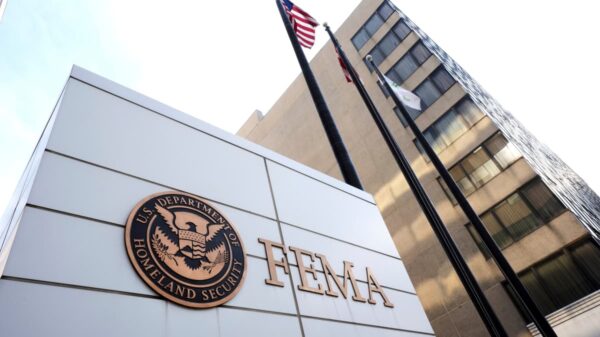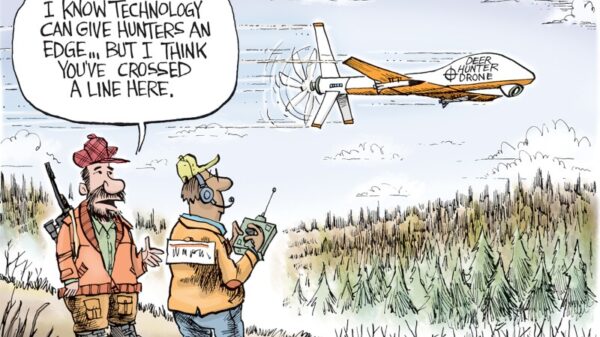Sports fans are facing a significant financial burden, with annual costs to access live games reaching up to $4,785, according to a recent analysis by independent sports journalist Joon Lee. This figure represents a dramatic increase from a decade ago, highlighting the growing expense of being a dedicated sports enthusiast in today’s market.
The report, featured in The New York Times, outlines how the landscape of sports consumption has evolved over the years. Fans now encounter a myriad of subscription services, ticket prices, and merchandise costs that contribute to the escalating expenses. The analysis underscores a broader trend of increasing costs across the entertainment industry, but sports, in particular, have seen a pronounced surge.
The Evolution of Sports Consumption
A decade ago, sports fans primarily relied on traditional cable packages to watch their favorite teams. However, the advent of digital streaming services has transformed how fans access live games. Platforms like ESPN+, DAZN, and regional sports networks offer exclusive content, but often require separate subscriptions, adding to the overall expense.
According to Joon Lee, “The shift to digital streaming has fragmented the market. Fans are now paying for multiple services to ensure they don’t miss out on any action, which significantly increases their annual spending.”
The Impact of Ticket Prices and Merchandise
In addition to subscription services, ticket prices for live events have also surged. The cost of attending a game has increased due to factors such as stadium renovations, player salaries, and enhanced fan experiences. For instance, a family of four attending an NFL game can expect to spend over $500 on tickets, parking, and concessions.
Moreover, merchandise sales have become a crucial revenue stream for sports franchises. Fans often purchase jerseys, hats, and other memorabilia to show support for their teams. However, these items come with a hefty price tag, further contributing to the overall cost of fandom.
Expert Opinions on the Financial Burden
Economists and industry experts have weighed in on the financial implications of these rising costs. Dr. Sarah Thompson, a sports economist at the University of Michigan, notes, “The increasing expenses associated with sports fandom reflect broader economic trends. As disposable income grows, so does the willingness to spend on entertainment. However, this trend risks alienating lower-income fans who may be priced out of the market.”
Meanwhile, sports franchises argue that the increased revenue from ticket sales and merchandise is necessary to maintain competitive teams and enhance fan experiences. However, this justification does little to alleviate the financial strain on fans.
Historical Comparisons and Future Outlook
Historically, the cost of sports fandom has always been subject to inflation and market dynamics. However, the current rate of increase is unprecedented. In comparison, a decade ago, fans spent significantly less on subscriptions and tickets, with fewer options available for live game access.
Looking forward, the trend of rising costs shows no signs of abating. As technology continues to evolve, new platforms and services are likely to emerge, potentially adding further layers of expense for fans. The challenge for the industry will be to balance revenue generation with accessibility, ensuring that sports remain an inclusive form of entertainment.
Conclusion: Navigating the Future of Sports Fandom
As the costs associated with sports fandom continue to rise, fans are faced with difficult decisions about how to allocate their entertainment budgets. The industry must consider innovative solutions to make sports more accessible, such as bundled subscription packages or dynamic pricing models for tickets.
Ultimately, the future of sports fandom will depend on the ability of leagues and franchises to adapt to changing consumer preferences while maintaining the passion and loyalty of their fan base. As Joon Lee aptly puts it, “The love for sports is timeless, but the way we engage with it is ever-changing. It’s crucial for the industry to evolve in a way that keeps the spirit of fandom alive.”





































































